THE WEALD OF KENT AND OTHER BANKRUPTCIES
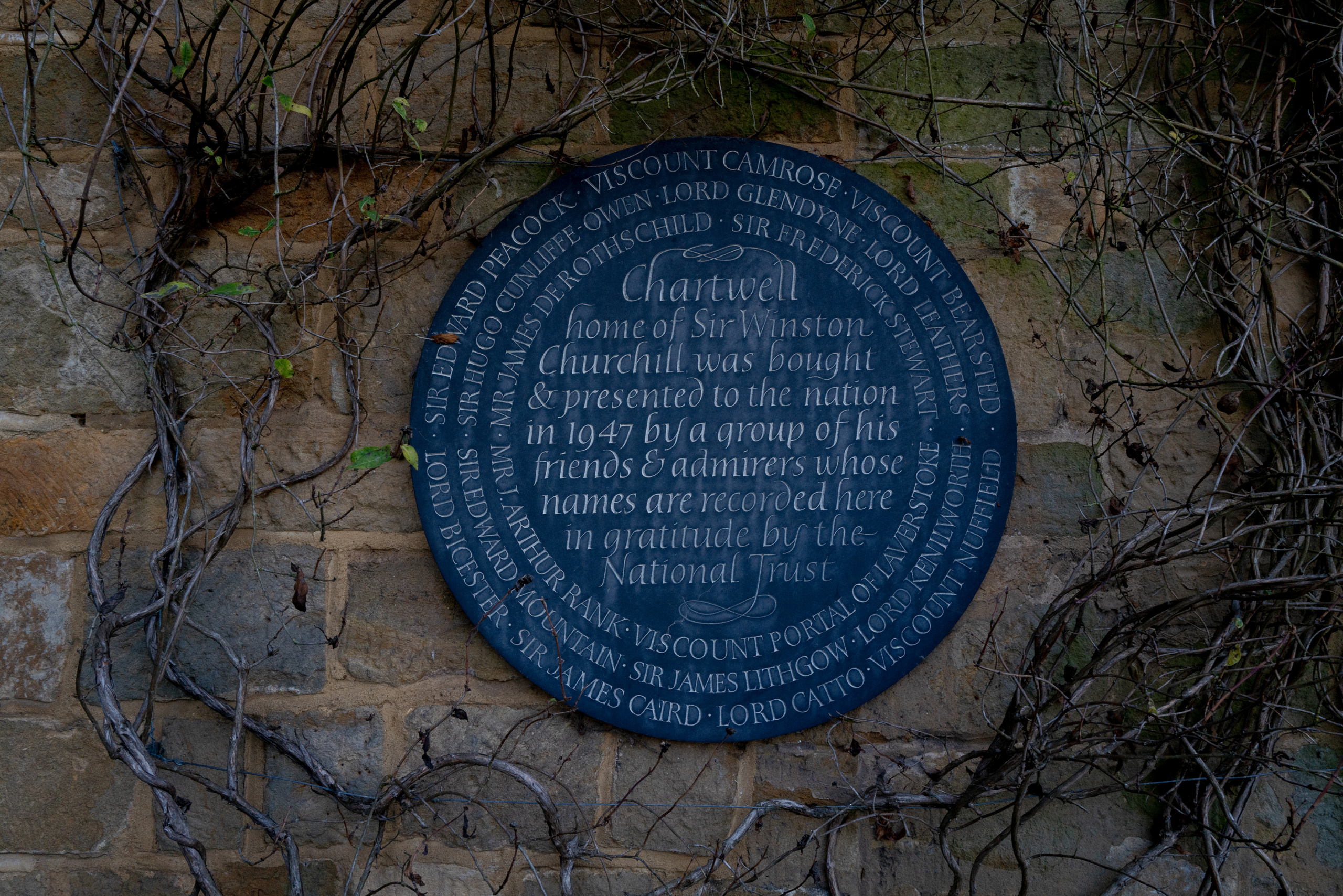
The Drive with Porsche
The Porsche Taycan makes the M25-to-Kent run feel less like a pilgrimage and more like an excuse. Electric, sleek, silent but too wide for these narrow country lanes where Churchill himself would have heard every pebble under his wheels. German engineering paying respects to British resolve – Churchill would appreciate the irony, even if he wouldn’t admit it.
Zero range anxiety. Non-existent. London to Chartwell is 48 kilometers. The Taycan does 484. You could make this trip five times before needing a charge, though once you arrive, you’ll understand why Churchill only needed to do it once.
Weald
The name “Weald” is derived from the Old English weald, meaning “forest” from German Wald.
The Weald is an area of South East England between the parallel chalk escarpments of the North and the South Downs. It crosses the counties of Hampshire, Surrey, West Sussex, East Sussex, and Kent.
GOOGLE MAPS
An hour from London, a world away

The British Motorway M25, nothing like a German Bundesstrasse or Autobahn, dissolves into narrow country lanes somewhere past Sevenoaks – where hedgerows are too high for a view and where my google maps connection gives up entirely.
I am on my route to Chartwell, looking forward to Winston Churchill’s countryside retreat, tucked into the Weald of Kent. Just a couple of months back I ran through The Crown and now here I am, from the flix to the real thing.
The drive from London takes about an hour if you’re lucky with traffic. I wasn’t. But a car journey is never too long with the right companion. I wonder how Churchill made such commutes?
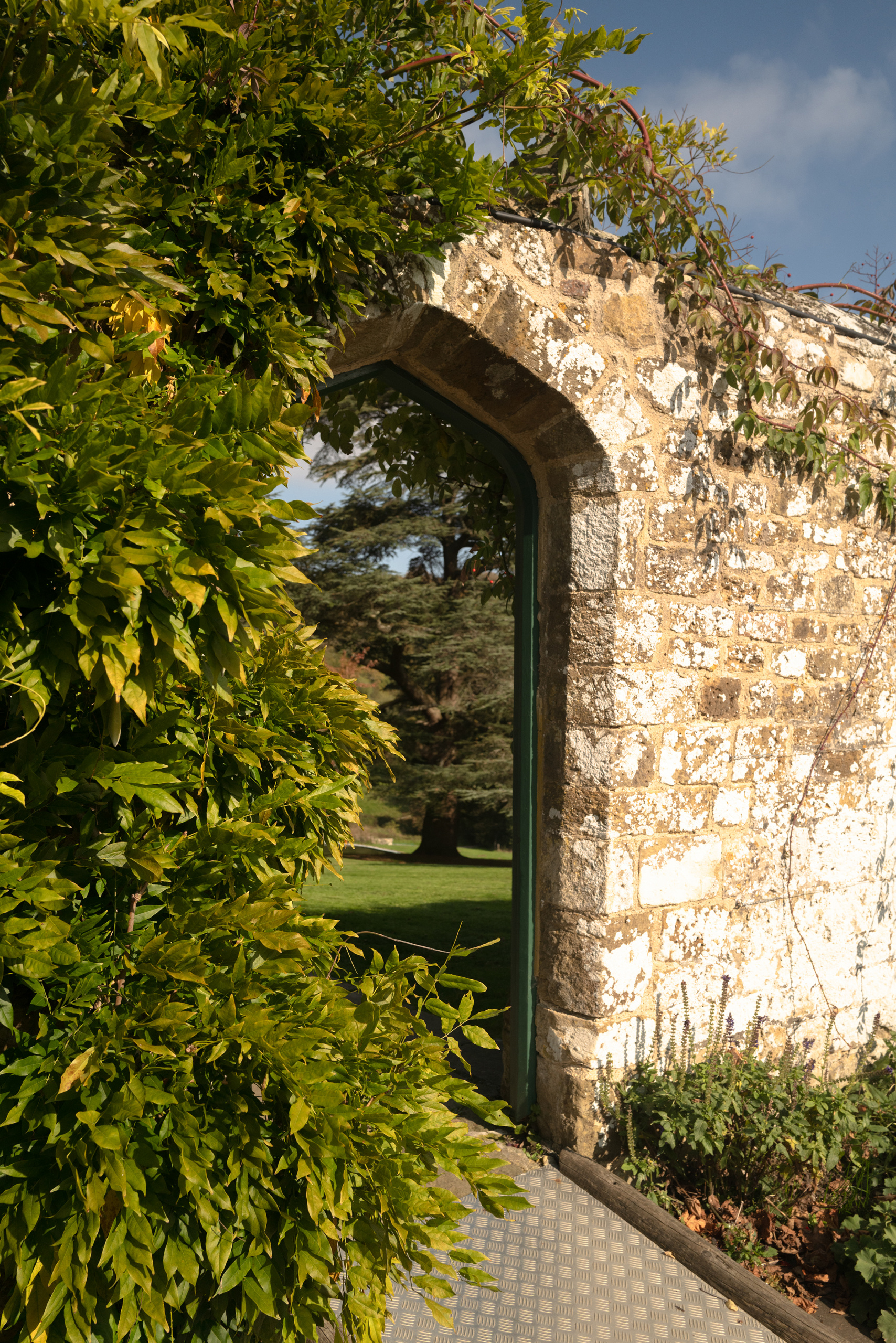
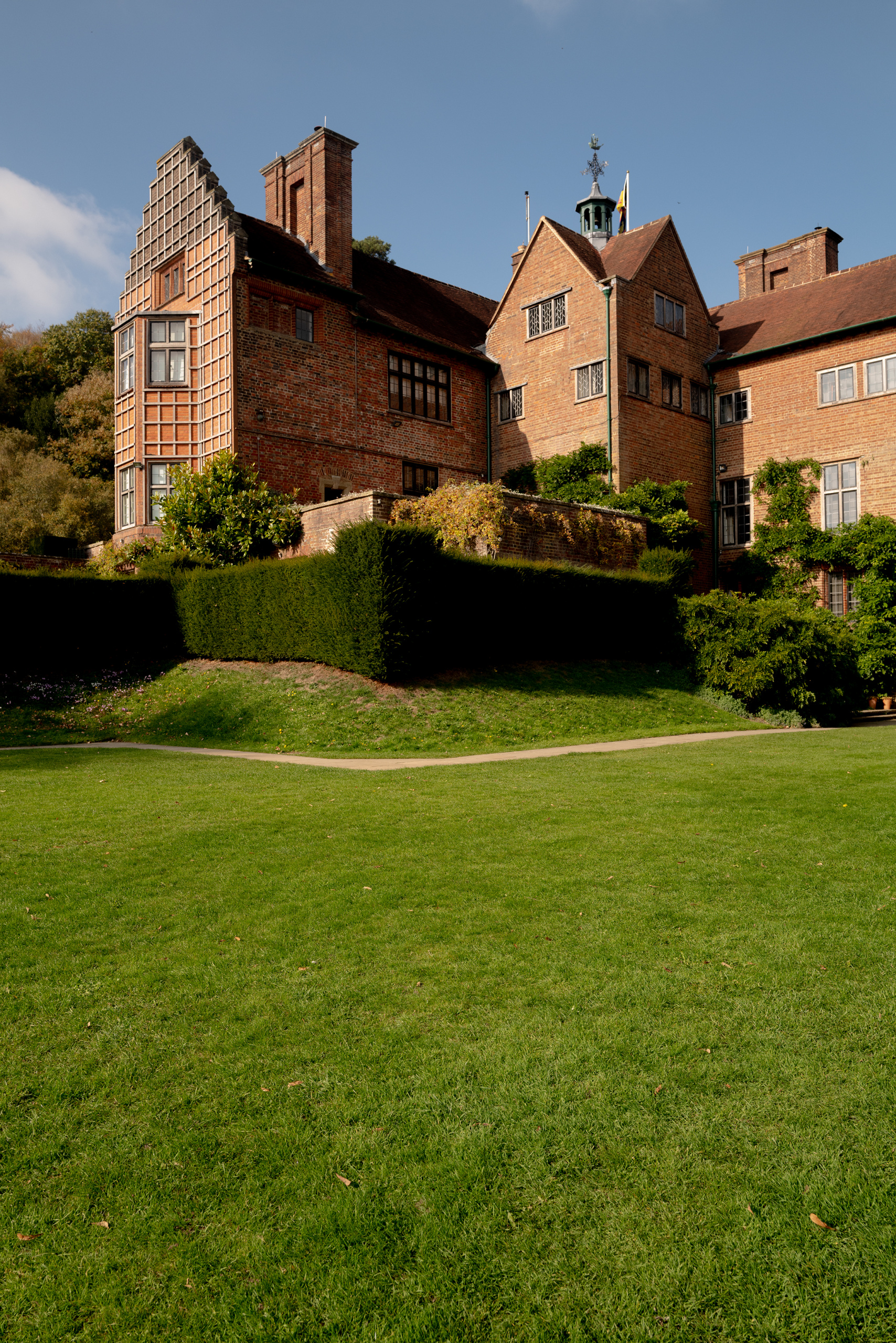
Tension, between egalitarian instinct and aristocratic worldview
Before entering the Churchillian realm, let’s spend 167 words on his genius. Don’t worry, this won’t extend to a biography, but honorem qui honorem – honor to whom honor is due.
His genius was a mix of imagination, courage, and words. Churchill saw history as a living story – one that he was part of. Churchill’s speeches were not just rhetoric – they were strategic instruments.
Churchill was a liberal, but how did he coin liberal then? For him, “liberal” meant economic freedom and genuine opportunity, equal rights under law, and a visceral distaste for rigid hierarchy and inherited privilege. But don’t mistake this for socialism – he had no patience for class struggle narratives or centralized planning.
His liberalism was the nineteenth-century variety: individual liberty, free markets, meritocracy. He believed people should rise or fall on merit, not birth, but equally believed the state shouldn’t manage outcomes. This tension, between egalitarian instinct and aristocratic worldview, defined everything about the man. Including, somehow, his choice of country houses.
Hard cut to 1921. Churchill, then Colonial Secretary, discovers Chartwell Manor during one of those country drives that seems to exist only in period dramas. The house itself? Honestly, nothing special – a run-down Victorian pile with serious dry rot issues, the kind of property that makes estate agents nervous. But the view. That view across the Weald of Kent stopped him dead. Rolling hills stretching to the horizon, layers of green fading into the distance, the kind of landscape that makes you understand why the English won’t shut up about their countryside.
Churchill bought Chartwell in September 1922 for £5,000 – roughly £363,000 today, though that math feels beside the point when we’re talking about Churchill. What’s more remarkable is what he didn’t do: tell his wife Clementine before signing the papers. Imagine coming home to discover your husband just bought a crumbling estate that needs another £18,000 in renovations.
“I bought Chartwell for that view,” Churchill would say later, and no further explanation was necessary.
“I bought Chartwell for that view,” Churchill would say later, and no further explanation was necessary. I would not buy this place for the view but I understand him because sometimes a view just gets you – that particular slant of light, the way morning mist settles in the valleys. Some things justify themselves.
The house sits about 200 meters up in the Kent Downs, 48 kilometers southeast of London near the village of Westerham. Not quite weekend-escape close, not quite properly remote. Somewhere in between – which is exactly what Churchill wanted, commutable to London. His primary home from 1922 until just before his death in 1965.
By 1946, keeping up Chartwell was bleeding Churchill dry financially. A group of seventeen wealthy friends – the kind who solve problems with quiet phone calls and discreet checks – bought the property for around £50,000 and gave it to the National Trust. As you would expect from real friends, Churchill and Clementine could stay there for life, paying just £350 a year in rent. Problem solved, estate saved.
Everyone happy.

When you enter Chartwell, you cannot avoid hearing the stories from the volunteer guides – they are from Churchill’s era, somewhat like characters right out of The Crown. They can recite details about any object without needing notes. No digital audio guide required.
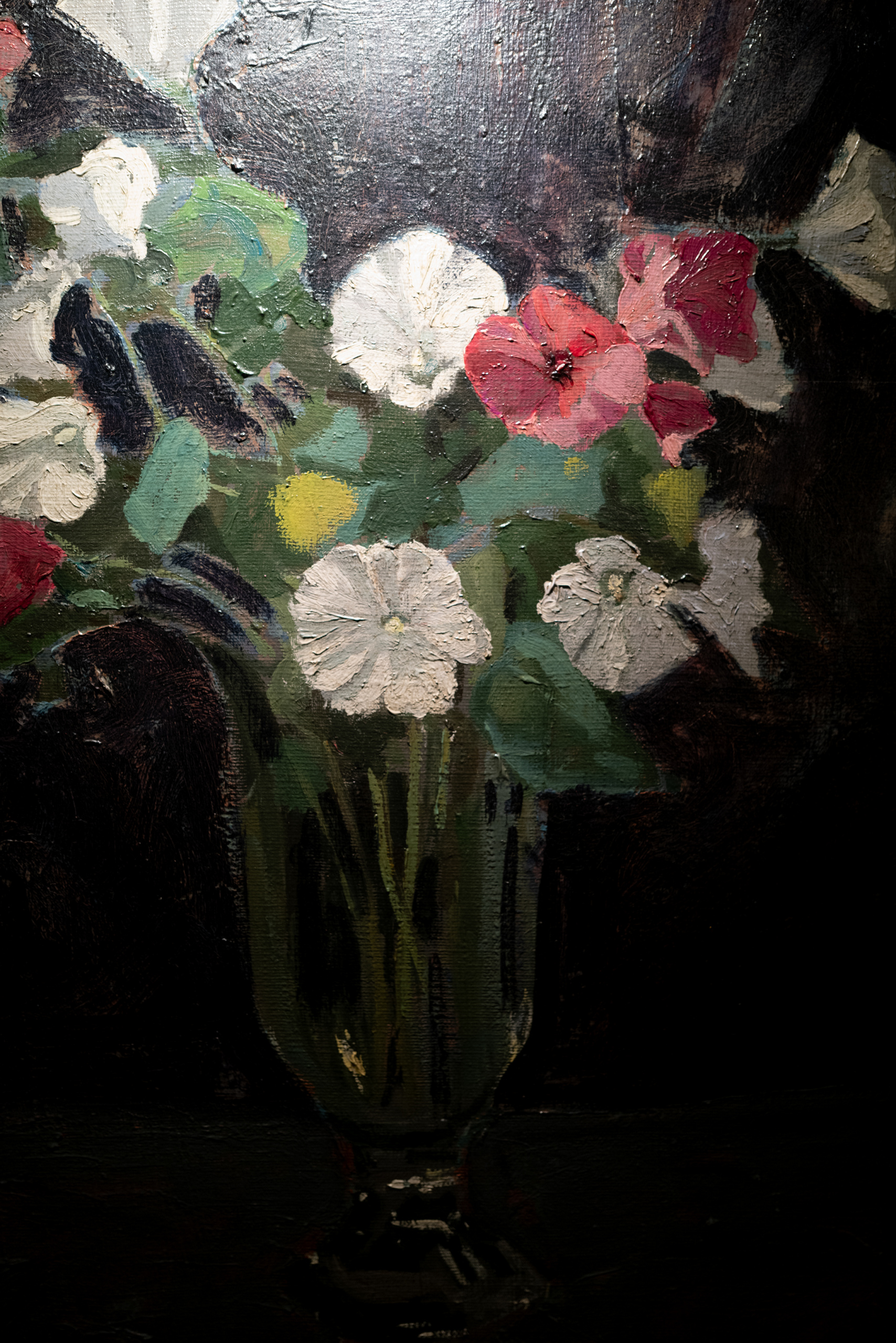
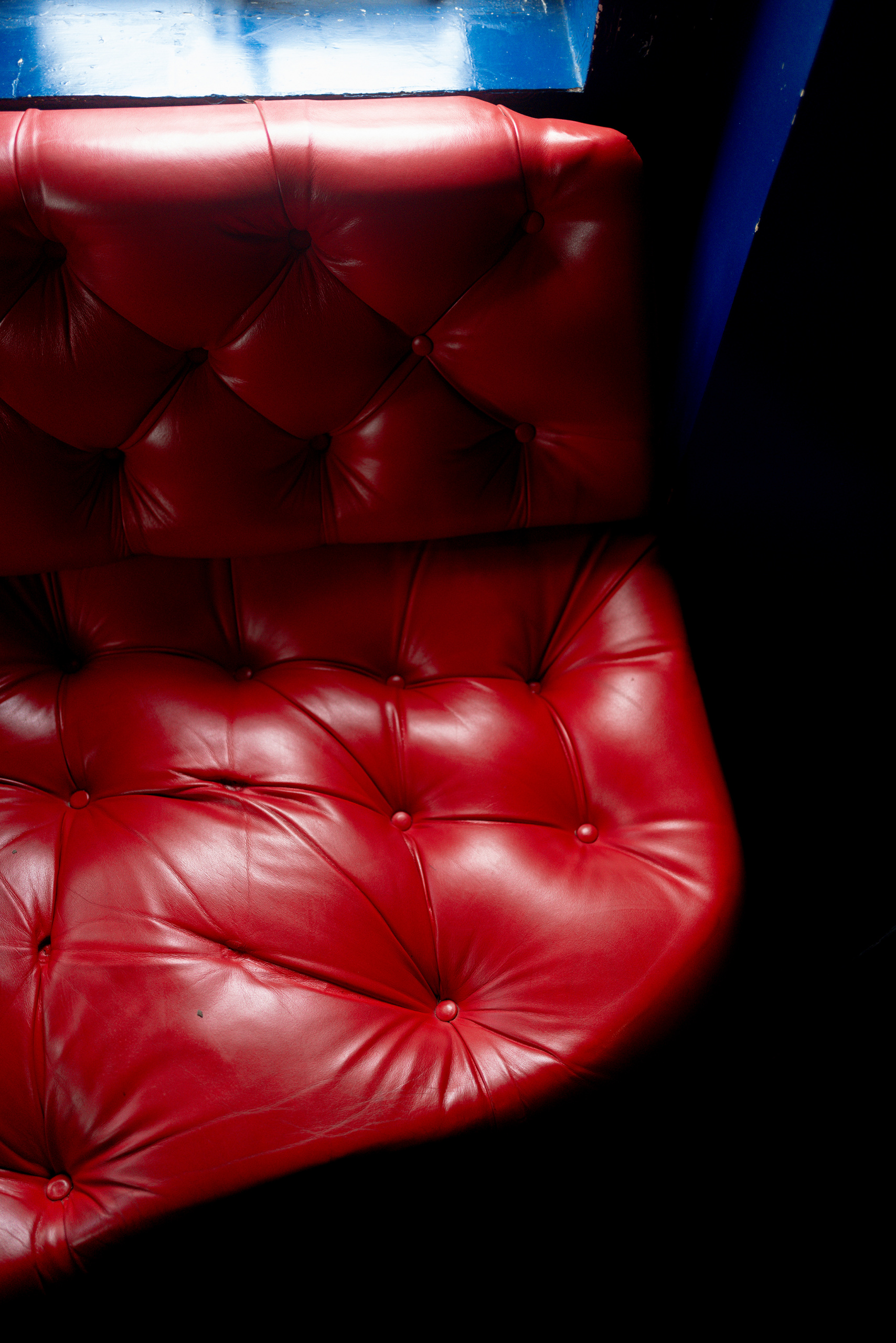
A day away from Chartwell, Churchill once said, is a day wasted.
Chartwell today has been preserved just like Churchill left it. His study sits untouched, his paintings still hang in the garden studio he built himself, the brick walls he constructed with his own hands remain standing. The National Trust has preserved it all – you walk through rooms where genuinely important twentieth-century decisions were made over brandy and cigars and books.
Many of them. I wonder if he really read all of them. He certainly wrote many. It is said he could take in enormous amounts of information – reports, history, politics – and instinctively see what really mattered.
Outside, the Golden Orfe still swim in the ponds Churchill created, descendants of the fish he used to feed while brooding over Germany’s rearmament during the 1930s. Clementine’s roses still bloom in their careful beds. Apple and quince orchards, rose beds and black swans. A child-sized dollhouse and a painting studio for himself.
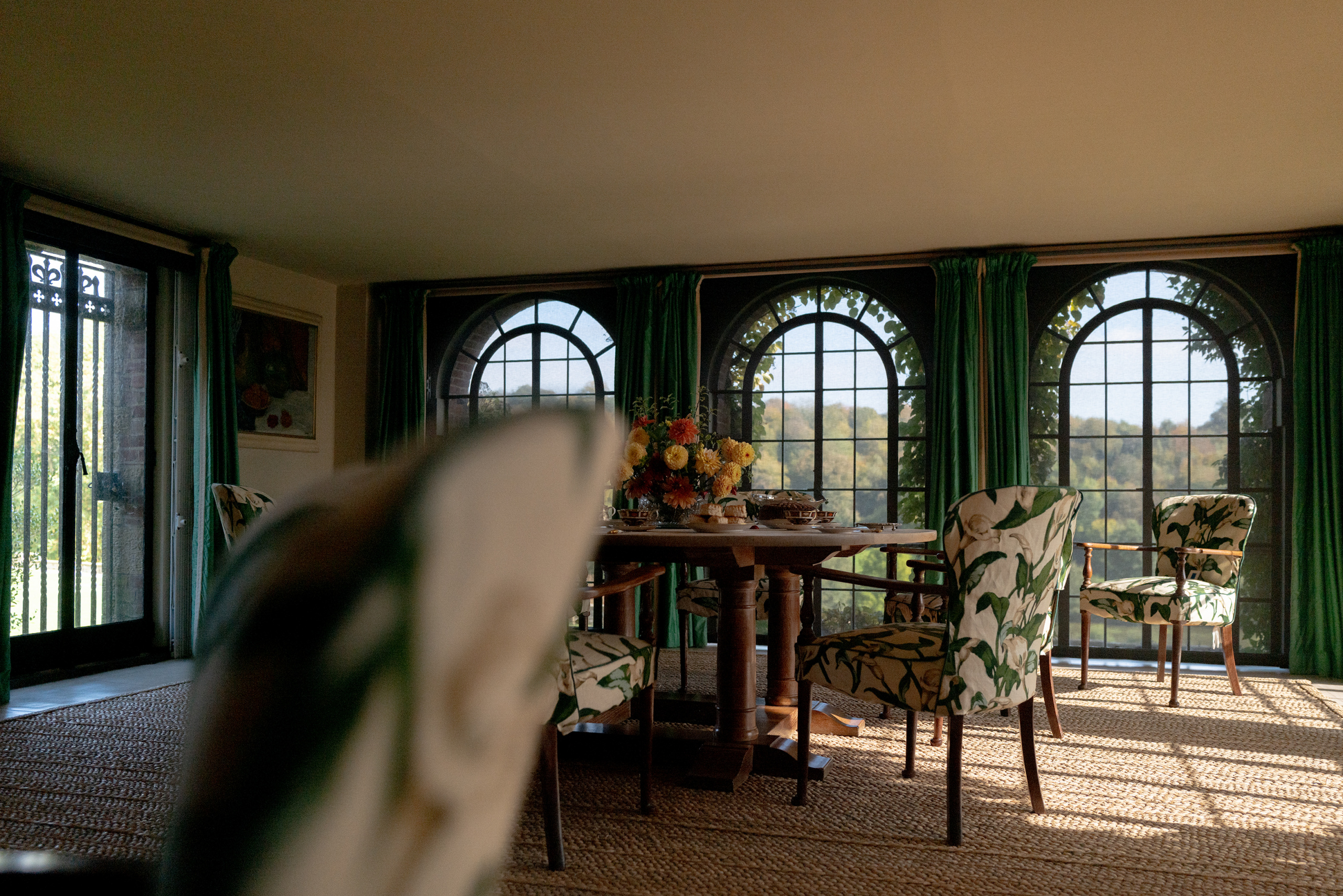
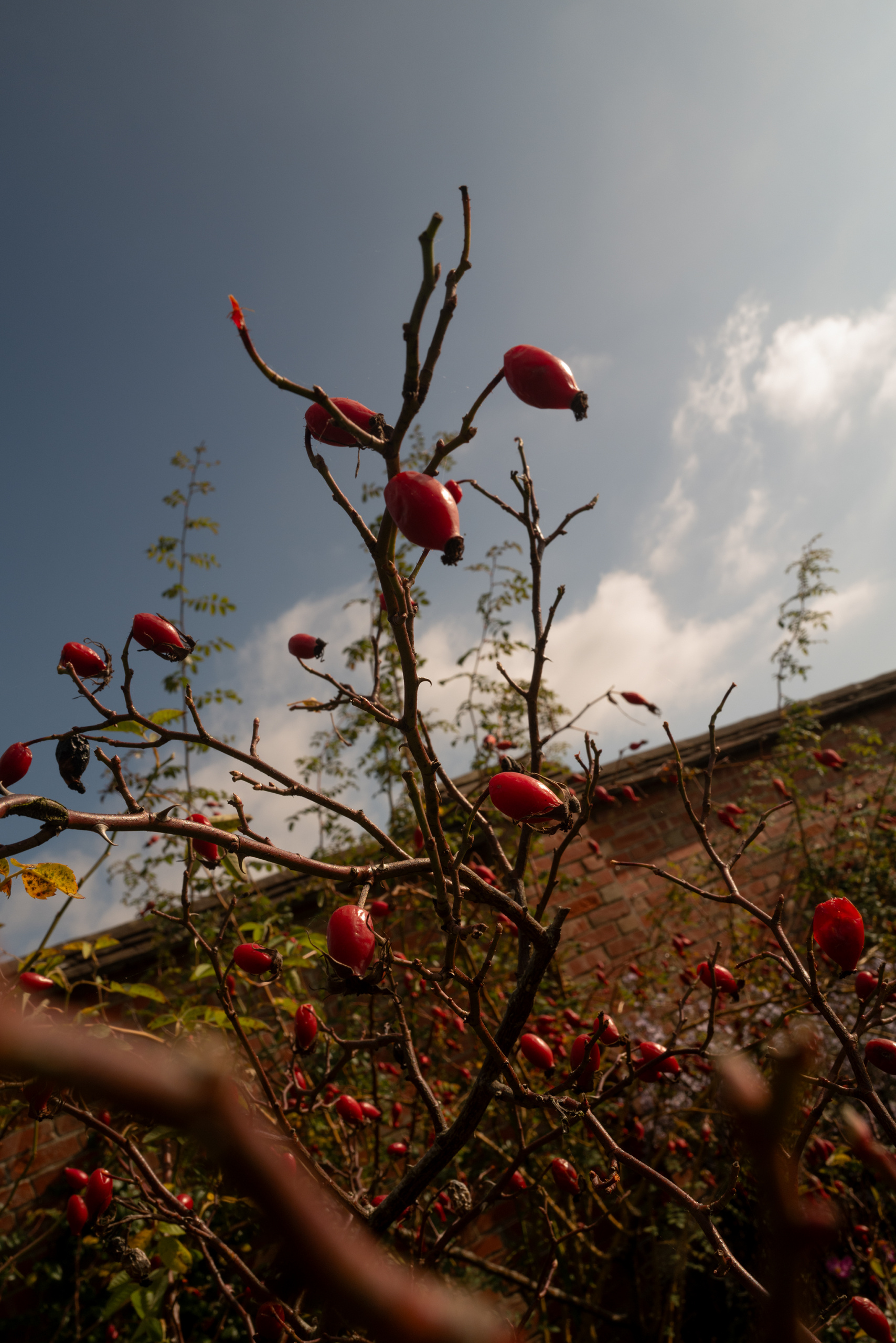


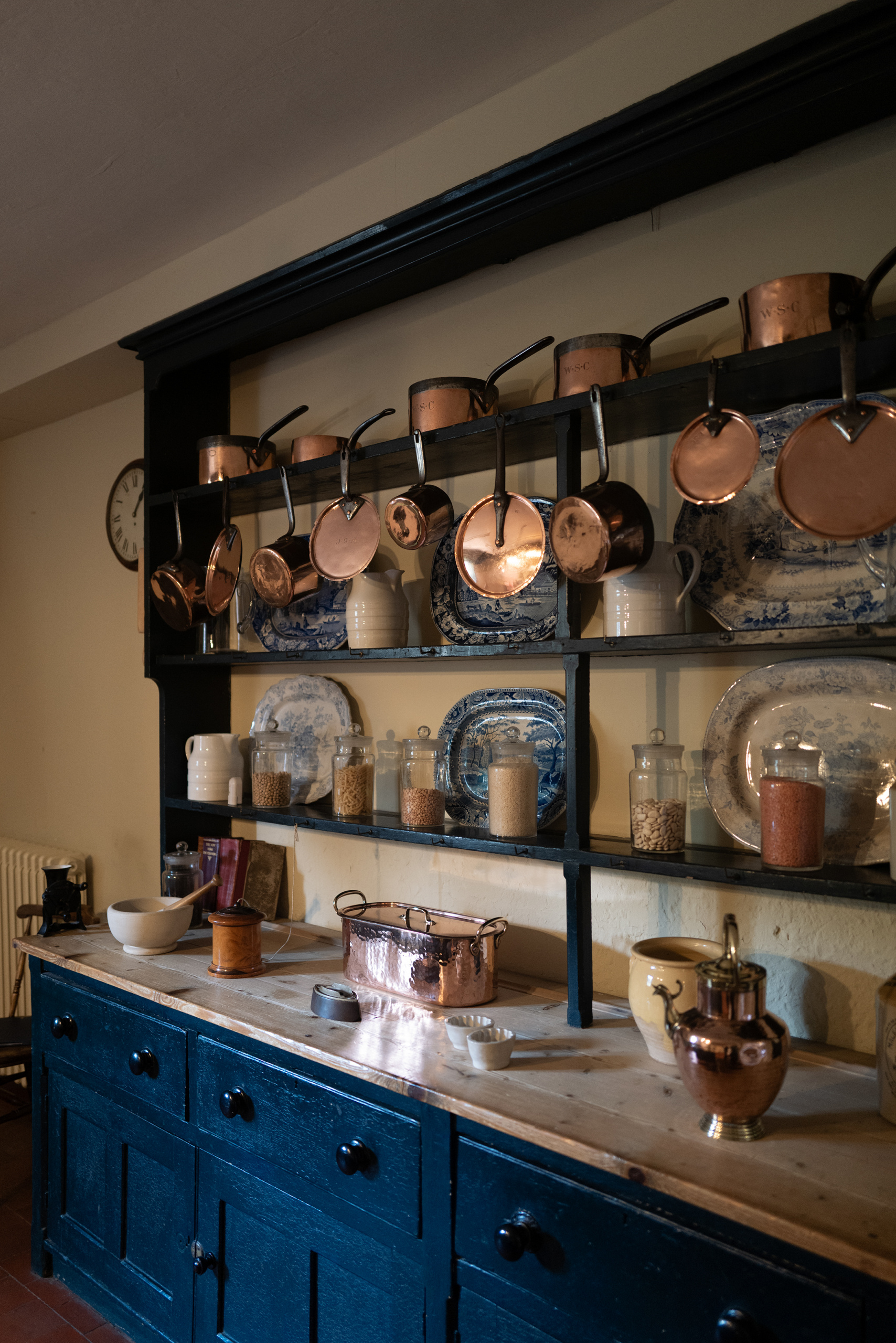
Canvas and Therapy
Churchill painted, I believe, for therapeutic reasons. A compulsion born from needing peace during his darkest days, which richly rewarded the nation with a treasure trove of work. Read his own views in Painting as a Pastime – Chartwell was his muse, providing the landscapes that appear again and again in his canvases.
The Crown captures these moments beautifully. Being here yourself is interestingly intimidating – breathing the same air, seeing the same view – videos on Netflix flatten it significantly, which reminds me yet again that no matter how much we can consume through vicariously travelling on Instagram, travelling in real life is just something else. You can’t quite capture this through a screen. You have to show up.
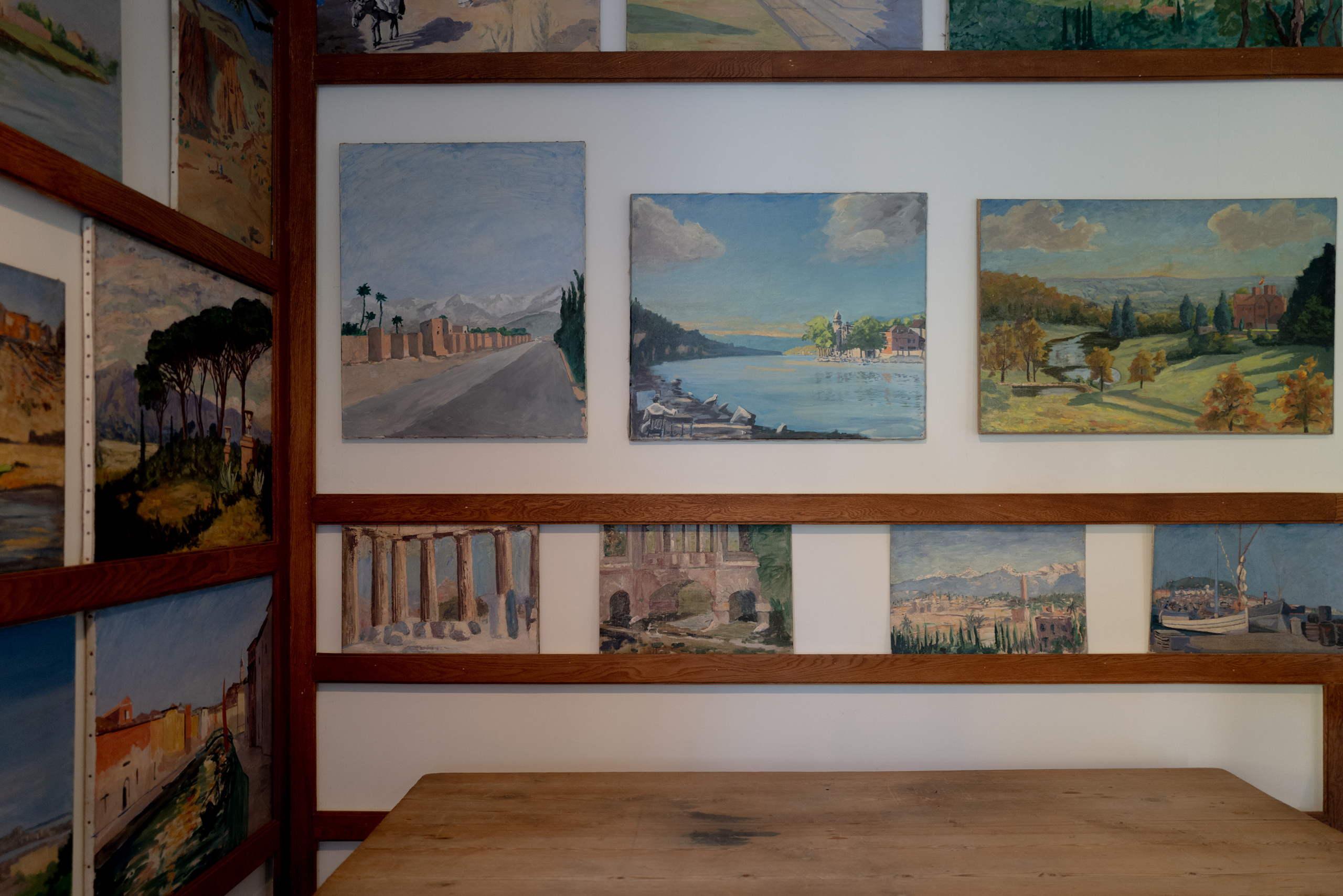
Fun fact: Churchill’s bathroom is also open to the public, and as I let my eyes wander across the surprisingly modest fixtures, they land on a large bottle of German Echt Kölnisches Wasser 4711 positioned by the mirror. A heritage product that’s survived two world wars and remains unchanged – please, 4711, if you’re reading this, do not rebrand.
But Churchill’s olfactory preferences ran deeper than a single cologne. Both he and Eva Perón of Argentina shared an appreciation for Floris’s Special No. 127 – an unlikely pair united by English perfumery. Hey Floris, where’s your product placement squad when history hands you gold like this?
Speaking of capitalizing on Churchill, I discovered a Kent-based fragrance house that’s created “Chartwell” – a scent designed to evoke the dark leather-clad drawing rooms of his Westerham home. Masculine, unapologetically so, with woody and leathery notes that conjure a pour of Scotch in an old library and cigars with coffee outside on a bright summer morning. Cedarwood, incense, leather, rum, and cinnamon – basically everything that would make a modern wellness influencer deeply uncomfortable.
Churchill would have approved. Which raises the question: was Churchill ever woke? The answer, obviously, is no. We will gladly pay premium prices for that exact energy.
Let’s get back home before the sun sets, it happens far too quick in Autumn – after all, we’re in Angel Land.

The Churchill Cologne Cabinet
Churchill’s bathroom at Chartwell reveals more than you’d expect. That bottle of 4711 ECHT KÖLNISCHES WASSER by the mirror isn’t decorative – it’s the German cologne Churchill used daily. Founded in 1792 in Cologne, 4711 has survived two world wars without changing its formula or iconic yellow-and-blue packaging.
But Churchill’s olfactory preferences ran deeper. Both he and Eva Perón shared an appreciation for Floris Special No. 127 – an unlikely pair united by English perfumery. This 1890 blend of bergamot, neroli, and vetiver was created exclusively for a Russian Grand Duke and remains largely unchanged.

